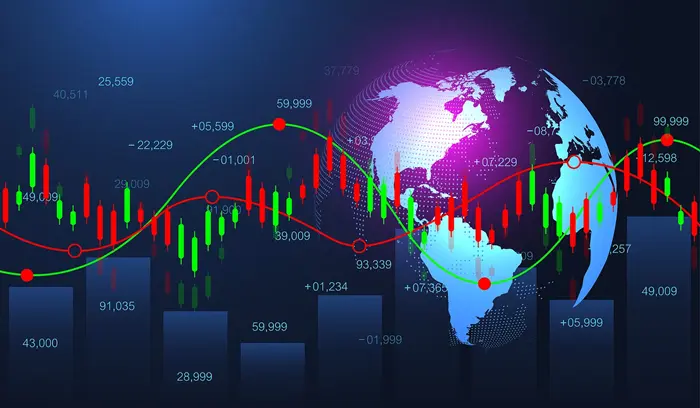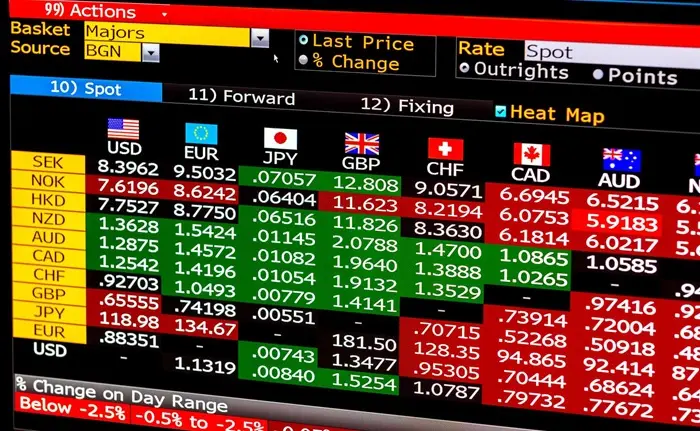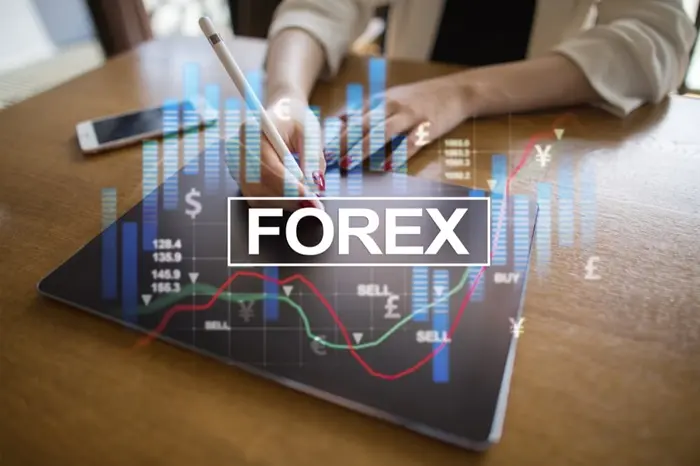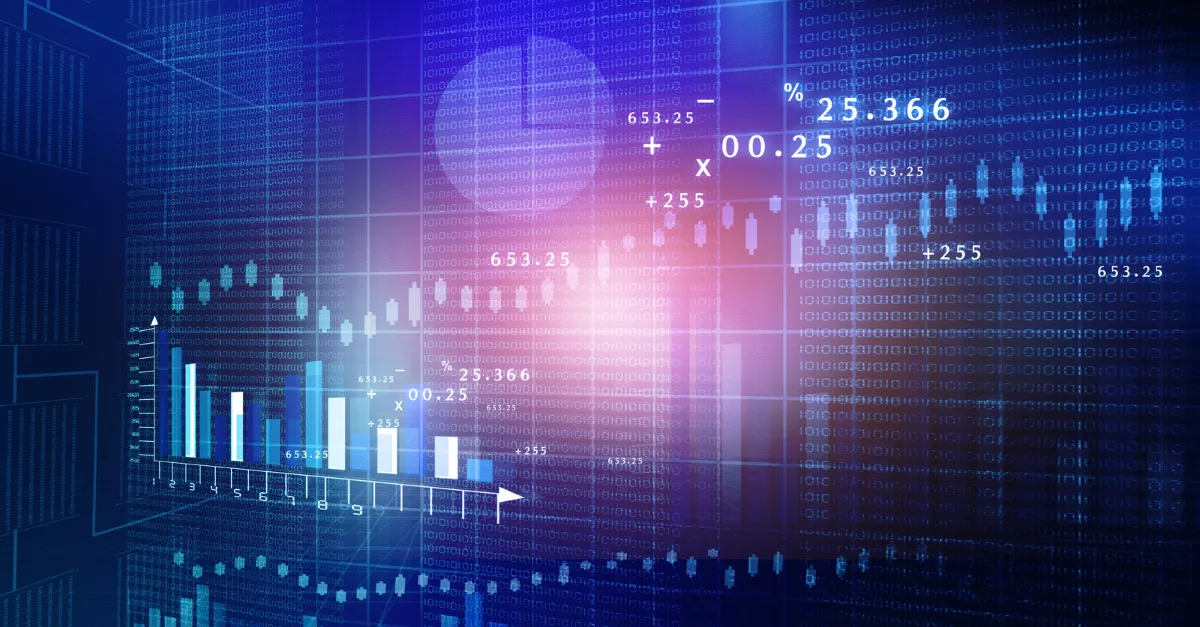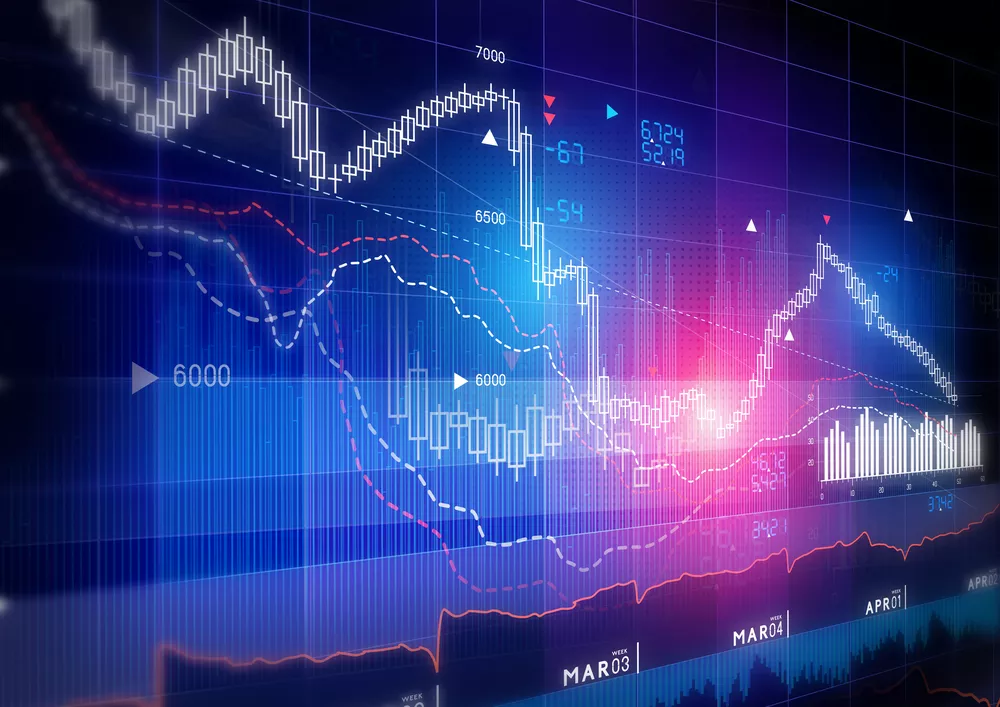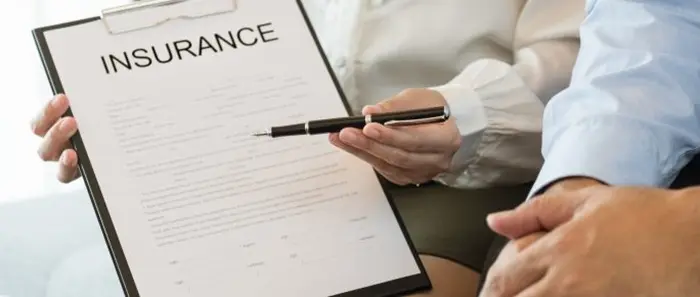Forex trading, also known as foreign exchange trading, is one of the largest and most liquid financial markets in the world. It involves the buying and selling of currencies with the goal of making a profit. As a financial expert, understanding how to learn forex trading is a crucial step for anyone looking to succeed in this dynamic market. Whether you’re an experienced trader or a complete beginner, learning forex trading requires a methodical approach, dedication, and a deep understanding of market behavior.
In this article, we will guide you through the essential steps and concepts to master forex trading. From understanding the basics of the forex market to advanced strategies, this comprehensive guide will help you on your journey to becoming a skilled forex trader.
Understanding the Basics of Forex Trading
What is Forex Trading?
Forex trading involves the exchange of one currency for another, and it is conducted through the forex market. The goal of forex trading is to predict the future value of one currency relative to another. Currencies are traded in pairs, such as EUR/USD (Euro/US Dollar), GBP/USD (British Pound/US Dollar), and USD/JPY (US Dollar/Japanese Yen). The value of a currency pair fluctuates based on various factors, including economic data, geopolitical events, interest rates, and market sentiment.
Key Terminology in Forex Trading
Before diving deeper into forex trading, it’s essential to understand some common terminology:
Currency Pair: A currency pair consists of two currencies. The first currency is the base currency, and the second is the quote currency. For example, in EUR/USD, the Euro is the base currency, and the US Dollar is the quote currency.
Bid and Ask Price: The bid price is the price at which the market will buy the base currency, while the ask price is the price at which the market will sell the base currency.
Pip: A pip (percentage in point) is the smallest unit of measurement in forex trading. It represents a change in the price of a currency pair.
Leverage: Leverage allows traders to control a large position with a small amount of capital. It can amplify both potential profits and losses.
Lot Size: A standard lot in forex trading is typically 100,000 units of the base currency. Traders can also trade smaller lot sizes, such as mini lots (10,000 units) and micro lots (1,000 units).
Spread: The spread is the difference between the bid price and the ask price. It represents the transaction cost and can vary depending on the broker and market conditions.
Types of Forex Markets
There are three main types of forex markets:
Spot Market: The spot market involves the immediate exchange of currencies at the current market price.
Forward Market: In the forward market, traders agree to exchange currencies at a future date for a specified price.
Futures Market: Futures contracts allow traders to buy or sell currencies at a specific price at a future date. These contracts are standardized and traded on exchanges.
Steps to Learn Forex Trading
Step 1: Understand Market Analysis
To succeed in forex trading, it is crucial to understand how to analyze the market. There are two main types of market analysis: technical analysis and fundamental analysis.
Technical Analysis
Technical analysis involves studying past price movements, charts, and patterns to predict future price movements. It relies on tools like indicators, chart patterns, and trend lines to analyze market trends. Some of the most common technical analysis tools include:
Moving Averages: These are used to identify trends and determine the overall direction of the market.
Relative Strength Index (RSI): The RSI measures the strength of a currency pair’s price movement and indicates whether the market is overbought or oversold.
Bollinger Bands: Bollinger Bands show the volatility of a currency pair and help identify potential breakout opportunities.
Candlestick Patterns: These patterns provide visual clues about market sentiment and can signal potential reversals or continuations in price movements.
Fundamental Analysis
Fundamental analysis involves studying economic data and events that affect currency prices. This includes factors such as:
Interest Rates: Central banks influence currency values by adjusting interest rates. Higher interest rates tend to attract foreign investment, driving up the value of the currency.
Economic Indicators: Reports such as GDP, employment data, inflation, and consumer confidence can influence currency movements.
Geopolitical Events: Political instability, wars, and other global events can affect the value of currencies.
Central Bank Policies: The actions of central banks, such as the Federal Reserve or the European Central Bank, have a significant impact on forex prices.
Step 2: Choose the Right Forex Broker
To begin trading forex, you will need to choose a reliable and trustworthy forex broker. A broker acts as an intermediary between you and the forex market. Here are some factors to consider when choosing a forex broker:
Regulation: Ensure that the broker is regulated by a reputable financial authority, such as the UK’s Financial Conduct Authority (FCA) or the US Commodity Futures Trading Commission (CFTC).
Trading Platforms: Most brokers offer trading platforms like MetaTrader 4 (MT4) or MetaTrader 5 (MT5). These platforms allow you to execute trades, analyze charts, and access trading tools.
Account Types: Brokers offer different account types, such as standard, mini, or micro accounts. Choose one that fits your budget and trading preferences.
Leverage and Spreads: Look for a broker that offers competitive spreads and favorable leverage ratios. However, be cautious about using high leverage, as it can amplify both profits and losses.
Customer Support: A good forex broker should provide reliable customer support through multiple channels, such as live chat, email, or phone.
Step 3: Learn How to Use a Trading Platform
Once you’ve chosen a broker, you’ll need to learn how to use the trading platform. Most forex brokers offer demo accounts, which allow you to practice trading with virtual money. Here are the steps to follow:
Download the Platform: Install the trading platform on your computer or mobile device.
Create a Demo Account: Open a demo account with the broker to familiarize yourself with the platform’s features and tools.
Learn How to Place Orders: Learn how to place different types of orders, such as market orders, limit orders, and stop-loss orders.
Understand Charting Tools: Explore the charting tools available on the platform, such as trend lines, indicators, and oscillators.
Practice Trading: Use the demo account to practice trading and test your strategies without risking real money.
Step 4: Develop a Trading Strategy
A successful forex trader needs a well-thought-out strategy. Your trading strategy should include rules for entering and exiting trades, as well as risk management techniques. Here are some key elements to include in your trading strategy:
Trading Plan: Define your goals, risk tolerance, and preferred trading style (scalping, day trading, swing trading, or position trading).
Risk Management: Always use stop-loss orders to limit your potential losses. Never risk more than 1-2% of your trading capital on a single trade.
Position Sizing: Determine the amount of capital to risk per trade based on your account size and risk management rules.
Backtesting: Test your strategy on historical data to assess its effectiveness.
Record Keeping: Keep a trading journal to track your trades, performance, and lessons learned.
Step 5: Start Trading with Real Money
Once you feel confident in your trading skills, it’s time to start trading with real money. Start with a small deposit and gradually increase your trading size as you gain more experience. Be prepared for both wins and losses, and always stick to your trading plan.
Start Small: Begin with a small amount of capital to minimize risk while you gain experience.
Monitor the Markets: Stay informed about economic news and events that could impact the forex market. Use economic calendars to track important events, such as central bank meetings and economic reports.
Evaluate Your Performance: Continuously evaluate your trading performance and adjust your strategy as needed.
Advanced Tips for Mastering Forex Trading
As you progress in your forex trading journey, consider the following advanced tips to improve your trading skills:
Keep Learning: The forex market is constantly evolving. Stay updated with new trading techniques, economic developments, and market trends.
Diversify Your Trading: Don’t focus solely on one currency pair. Diversify your trades to reduce risk and increase opportunities.
Develop Emotional Control: Forex trading can be emotionally challenging. Learn to control your emotions, avoid impulsive decisions, and stick to your plan.
Use Automation: Consider using automated trading systems or algorithms to trade on your behalf, based on predefined criteria.
Join a Trading Community: Engage with other traders through forums, social media, or mentorship programs to learn from others and share insights.
Conclusion
Learning forex trading is a journey that requires dedication, patience, and a systematic approach. By understanding the basics of the market, developing a trading strategy, practicing on demo accounts, and gradually transitioning to real money trading, you can increase your chances of success in the forex market. Remember to focus on continuous learning, risk management, and emotional control to build your skills and become a successful forex trader.
Related topics:



